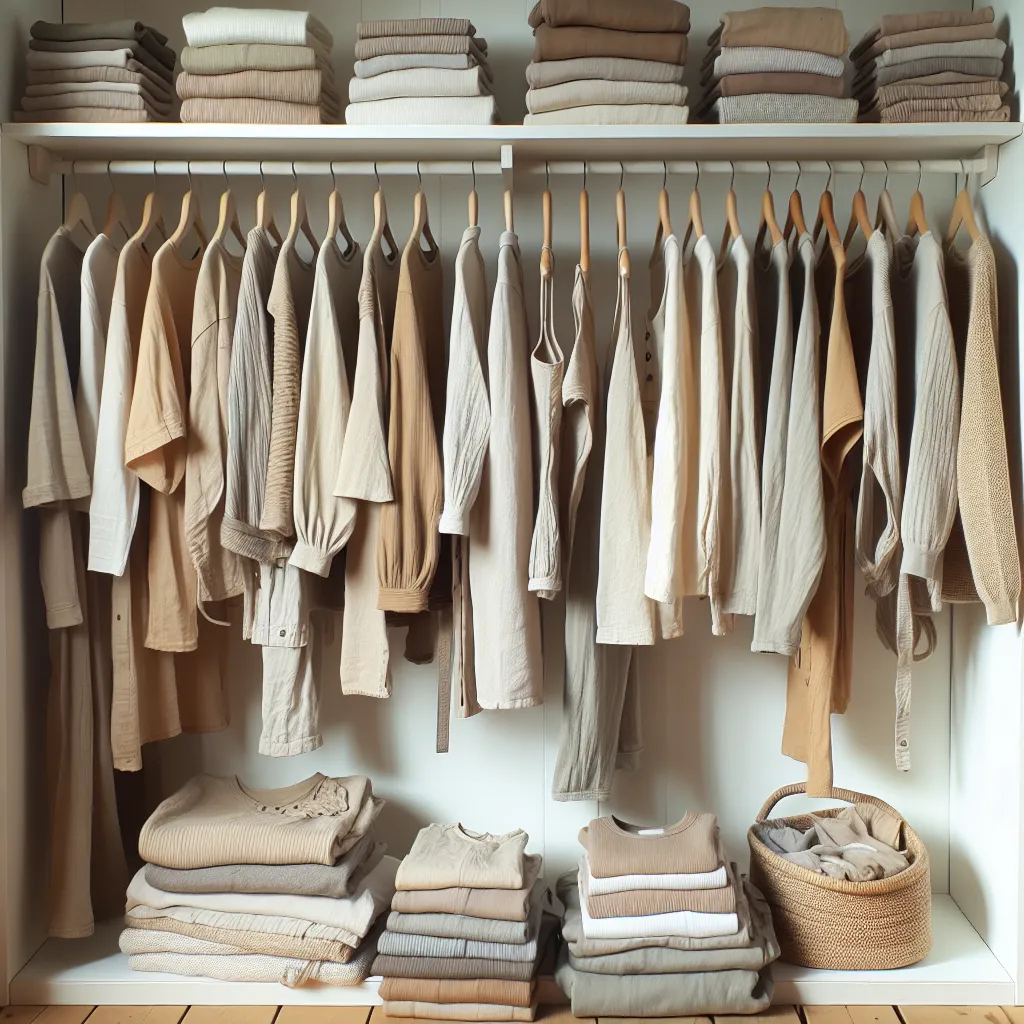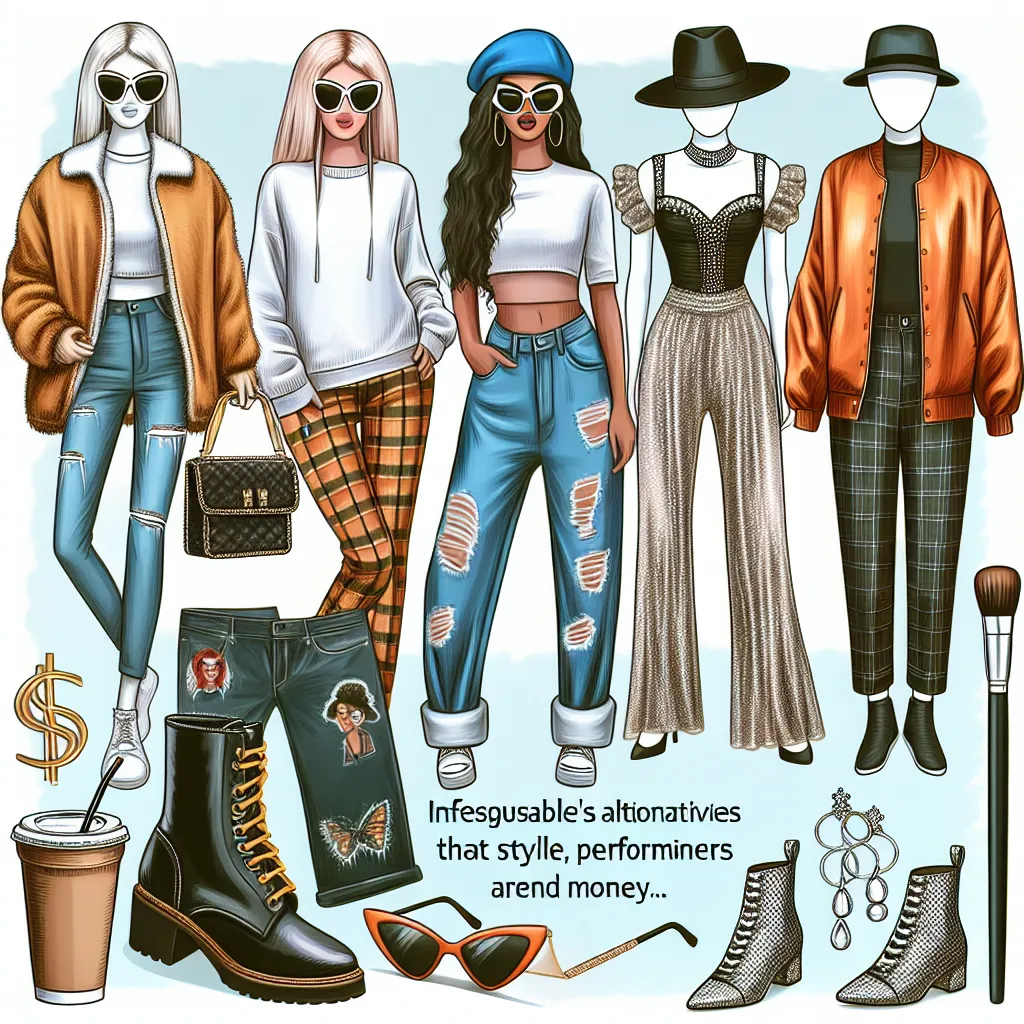7 Tips for Creating a Sustainable Wardrobe
Creating a sustainable wardrobe is a conscious choice that not only benefits the environment but also promotes ethical and eco-friendly fashion practices. Here are 7 essential tips for building an eco-friendly wardrobe that aligns with sustainable style principles.
1. Invest in Timeless Pieces: When curating your wardrobe, opt for classic and timeless pieces that transcend seasonal trends. Timeless clothing items have a longer lifespan, reducing the need for frequent replacements and ultimately minimizing environmental impact.
2. Choose High-Quality Fabrics: Prioritize natural, organic, and sustainable fabrics such as organic cotton, linen, hemp, and Tencel. These materials are biodegradable and have a lower ecological footprint compared to synthetic fabrics, contributing to a more sustainable wardrobe.
3. Embrace Second-Hand and Vintage Shopping: Explore thrift stores, consignment shops, and online vintage stores to discover unique pre-loved clothing items. By giving these garments a second life, you contribute to reducing textile waste and promote a more circular fashion economy.
4. Prioritize Versatility: Select clothing pieces that offer versatility and can be styled in multiple ways to create different looks. This approach encourages minimalism and reduces the overall number of garments in your wardrobe, thereby minimizing overconsumption.
5. Support Sustainable and Ethical Brands: Research and support fashion brands that prioritize sustainable and ethical practices, such as transparent supply chains, fair labor conditions, and eco-friendly production processes. By endorsing these brands, you contribute to driving positive change within the fashion industry.
6. Mend and Upcycle Clothing: Instead of discarding damaged or outgrown clothing, learn basic mending skills to repair minor damages or repurpose them into new garments or accessories. Upcycling extends the lifespan of clothing items and reduces waste.
7. Practice Conscious Consumption: Before making a new clothing purchase, consider whether it aligns with your personal style, fits into your existing wardrobe, and is made to last. Avoid impulse buys and prioritize mindful consumption to build a sustainable wardrobe that reflects your values.
By implementing these tips, you can gradually transition towards a more sustainable wardrobe, promoting eco-friendly fashion choices and contributing to a healthier planet.
Ethical Fashion: Building an Eco-Friendly Closet
Building an eco-friendly wardrobe is not just about choosing sustainable materials and reducing waste; it also involves embracing ethical fashion principles. Ethical fashion focuses on the social and environmental impact of clothing production, aiming to minimize harm to people, animals, and the planet. When building an eco-friendly closet, it’s crucial to consider the ethical implications of the garments we choose to invest in.
One of the key aspects of ethical fashion is ensuring fair labor practices throughout the supply chain. This means supporting brands that prioritize fair wages, safe working conditions, and overall well-being of the workers. By choosing clothing from companies that value ethical labor practices, consumers can contribute to a more equitable and sustainable fashion industry.
Another essential element of ethical fashion is the humane treatment of animals. Opting for cruelty-free materials such as organic cotton, hemp, and recycled fibers helps reduce the demand for products derived from animal exploitation. Additionally, avoiding clothing items made from leather, fur, and exotic skins supports a more ethical and sustainable approach to fashion.
Furthermore, embracing ethical fashion involves promoting transparency and accountability within the fashion supply chain. Consumers can seek out brands that prioritize transparency about their production processes, including the sourcing of materials, manufacturing techniques, and the overall environmental impact. By choosing brands committed to transparency, consumers can make informed decisions that align with their ethical values.
In conclusion, building an eco-friendly wardrobe goes hand in hand with embracing ethical fashion principles. By supporting fair labor practices, opting for cruelty-free materials, and promoting transparency in the fashion industry, individuals can contribute to a more sustainable and ethical approach to clothing consumption.



